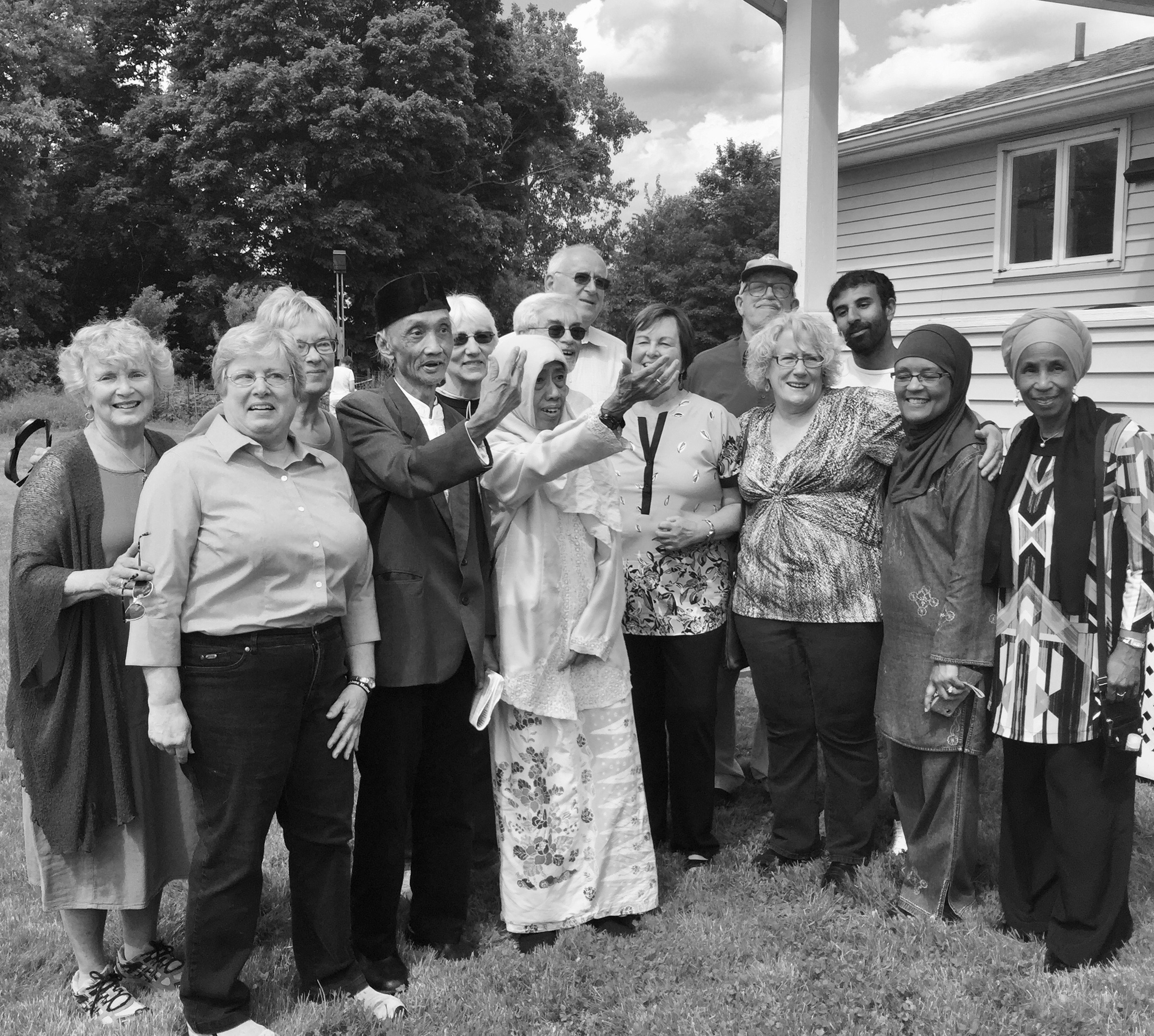A graduate of Harvard College and the Iowa Writers’ Workshop, Leslie Jamison is currently a Ph.D. candidate in English at Yale. Her first novel, The Gin Closet, was published in 2011. A book of essays, The Empathy Exams, was released this month. It explores questions of pain through personal and journalistic writing. She sat down with The New Journal to discuss switching genres, teaching writing, and talking to strangers. (This interview was conducted and condensed by Maya Averbuch and Julia Calagiovanni.)
The New Journal: How did you make the transition from writing fiction to writing nonfiction?
Leslie Jamison: I had always thought of myself as a fiction writer, and that identity pretty much carried me through the entire course of my first novel. It was in the process of writing my second novel that I started writing essays. It was really frustrating for me to kind of get a beat on it, get some sense of its pulse, so I found myself following little escape hatches into nonfiction projects. Also, nonfiction lends itself more easily to certain kinds of conversations. It feels like a beginning to a set of conversations rather than a transactional, “I’ve written this and now I gave it to you.”
TNJ: Do you think that you’re the same writer when you’re writing fiction as when you’re writing nonfiction?
LJ: I feel like the same person when writing fiction and nonfiction. A lot of the same fixations and sites of interest come across. I’m really interested in how physical bodies shape experience—that’s all over my fiction and nonfiction. In my novel, there are dramas on the level of the body, like an eating disorder or an addiction. In my essays, I write about disease and empathy in a medical context. That attention to bodies is evident in craft too. When I’m writing nonfiction, I walk into a room and take the time to note all of these physical particulars, because I know that when I’m writing the scene two weeks later, I’ll be so frustrated if I can’t fill that scene with tangible details. I have to build my muscles as a nonfiction writer to satisfy the same aesthetic impulses that I carry over from fiction.
TNJ: There’s a part in the book’s title piece in which you think of saying to the people around you that your experience [in this case, as a medical actor] might appear in a book someday. As you have moved toward nonfiction, do you operate with that thought in mind?
LJ: I do think that that sort of double vision, thinking about an experience in terms of how I might someday write about it, does creep up on me all the time. In that way it’s like being a traveler who’s constantly taking photographs, thinking about how to document the thing rather than just living inside of it. Sometimes that makes me feel a little bit sad, or claustrophobic, or like my experience is wrapped in this shroud of constant self-awareness. But there’s something productive in it. Left to my own devices, I would never talk to a stranger on a bus ride. But especially if I’m traveling and I’m like, I want to write about this place, I’m more likely to convince myself to start up a conversation with somebody. Because who knows where it will go or lead?
TNJ: Does a desire to create a public point affect how intensely you pursue a story, or do you just jump off the cliff and assume that something will show up?
LJ: I guess I like to believe that any story that I’m interested in could potentially have a public point, because I believe that one person’s interest usually points to some deeper shared root system of interest. I usually have some sense of what I think the kernel of that point might be before I jump off the cliff. But not always. I think there can be something really satisfying about working your way towards a point.
I’m working on a piece about a whale that scientists have been tracking for years. They call it the loneliest whale in the world, because it has a frequency that’s much higher than other blue whales. And whenever scientists track it, it’s alone. I had a sense that there was some more abstract point here that has to do with our relationship to loneliness, or why we project feelings onto animals, or how we try to make the natural world make emotional sense—but I didn’t have a clear sense of what the center was going to be.
TNJ: You’ve taught students in English 120, “Reading and Writing the Modern Essay,” and your parents were professors. What does your relationship to teaching feel like?
LJ: The energy of teaching is so different from the energy of writing. I still get a little bit of an adrenaline rush before I walk into a classroom, I love that you have an experience that’s bounded in time, you’re hearing other people’s voices, and there’s a dynamism in responding to their ideas. All that is different from the process of sitting down to write in ways that feel very saving and energizing to me.
That feeling of giving students permission to write stuff that feels thorny and tricky and un-figured-out is fun. It feels like I’m doing a service by granting them license to dig deeper into ideas they already have in inchoate form. I’ll remember those times when I hit my own conceptual tangle in a piece, and I can hear myself telling a student: “that’s a good sign, go deeper into it.”



